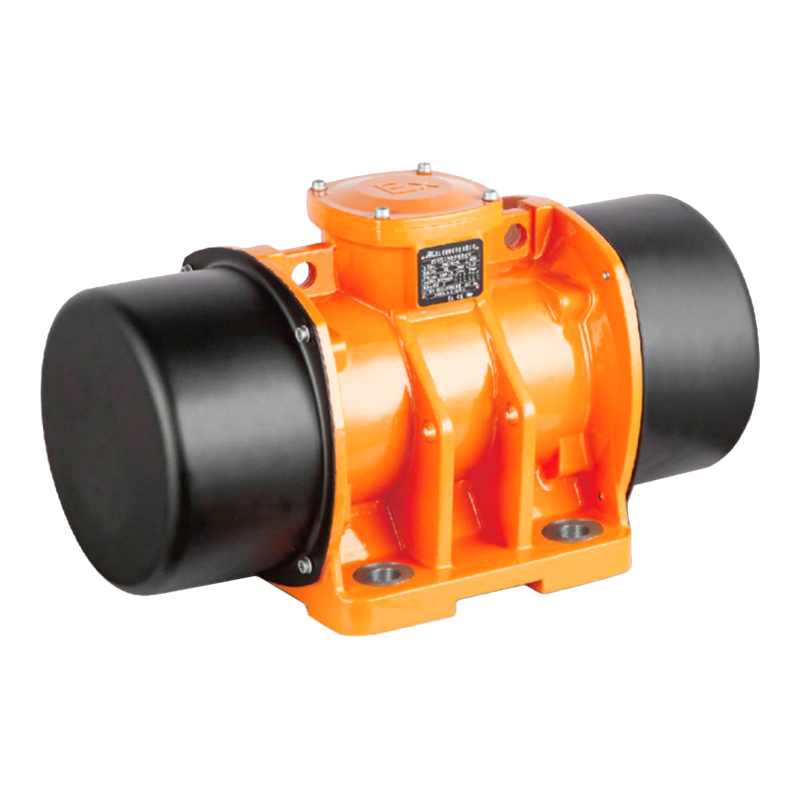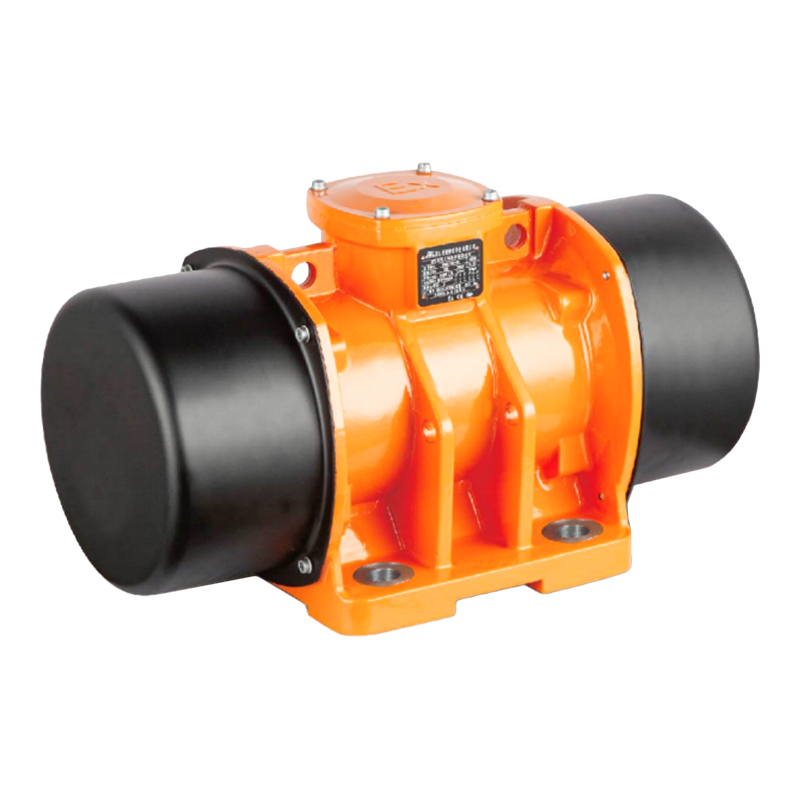The steady, quiet hum of a vibrating motor is becoming an increasingly integral, though often unseen, force across a diverse range of industries. Far beyond its traditional roles, this compact component is now a critical element in enhancing efficiency, improving user experience, and enabling new technological capabilities. The widespread adoption of the vibrating motor underscores a trend towards smarter, more responsive, and more interactive machinery and consumer goods.
At its core, the function of a vibrating motor is to convert electrical energy into precise mechanical oscillations. This simple yet powerful action is the driving principle behind countless processes. In industrial settings, the vibrating motor is indispensable. It is mounted on hoppers, screens, and conveyors to manage bulk materials. The vibrations fluidize powders, prevent arching in silos, and sort or separate particles on screening lines with a consistency that is difficult to achieve through other means. This results in smoother production flows, reduced clogging, and higher quality output in sectors from food processing to pharmaceuticals.
The application of the vibrating motor extends profoundly into the consumer electronics that define modern life. Its many familiar role is likely in mobile phones and wearables, where it provides silent haptic feedback for notifications, calls, and touchscreen interactions. This subtle tactile response has transformed user interfaces, making them more intuitive and accessible. The precision of a modern vibrating motor can simulate the feel of a button click or create distinct patterns for different alerts, all without a single sound. This technology enriches immersive experiences in gaming controllers and virtual reality systems, providing physical feedback that deepens user engagement.

Furthermore, the health and wellness sector is discovering new uses for this component. Fitness equipment utilizes a vibrating motor in massage guns to aid muscle recovery, and whole-body vibration platforms use them as a core part of their training methodology. The therapeutic benefits of controlled vibrations are also being explored in medical devices for purposes such as alerting users with hearing impairments or assisting with certain respiratory therapies. The gentle, consistent motion provided by a vibrating motor offers a non-invasive approach to various wellness applications.
The evolution of the vibrating motor is marked by a focus on energy efficiency, miniaturization, and quieter operation. Engineers are continuously refining the design of these motors to make them smaller, more powerful, and less draining on battery life for portable devices. The selection of the right vibrating motor for a specific task involves careful consideration of factors like vibration amplitude, frequency, and the physical forces generated. This tailored approach ensures that the component delivers ideal performance for its intended application, whether it's alerting a user or moving tons of material.
As the Internet of Things continues to expand and the demand for more intuitive human-machine interfaces grows, the relevance of the vibrating motor is set to increase. Its unique ability to provide a silent, tactile signal or to impart controlled motion makes it a versatile solution in an increasingly automated and interactive world. From the factory floor to the palm of the hand, the vibrating motor continues to prove its value as a small component with a very significant impact.

 英语
英语 葡萄牙语
葡萄牙语 西班牙语
西班牙语 русский
русский







 Tel: + 86-576-86320988
Tel: + 86-576-86320988
 Fax: + 86-576-86333217
Fax: + 86-576-86333217
 E-mail:
E-mail:  Add: Dayangcheng Industrial Zone, daxi, wenling, zhejiang, china
Add: Dayangcheng Industrial Zone, daxi, wenling, zhejiang, china
